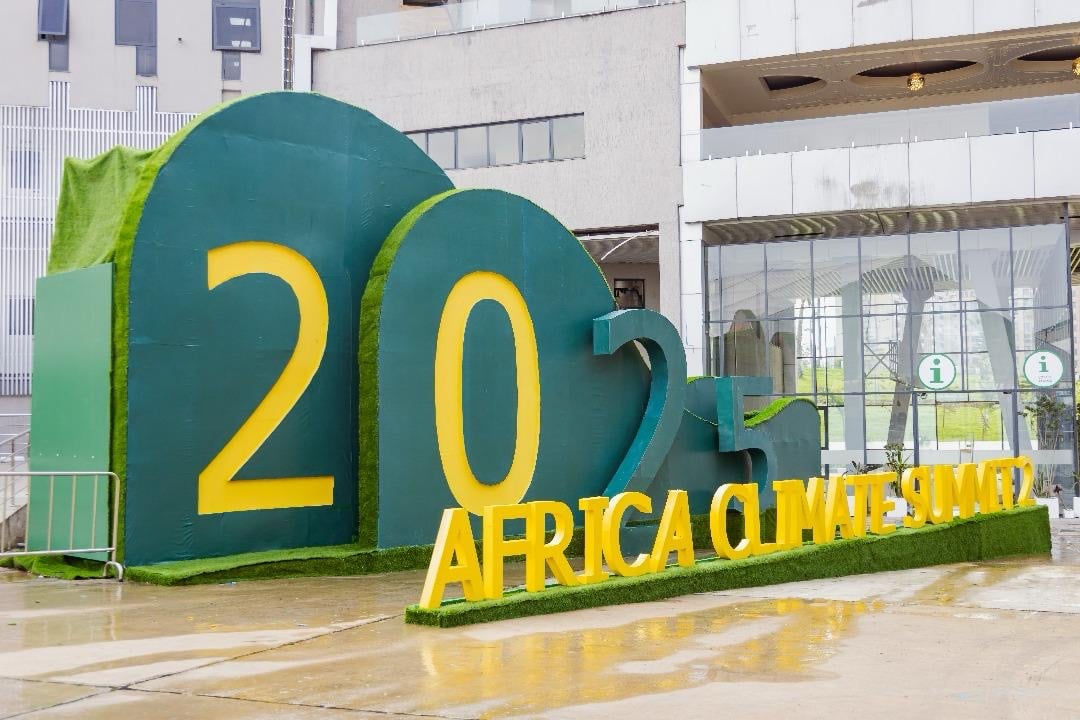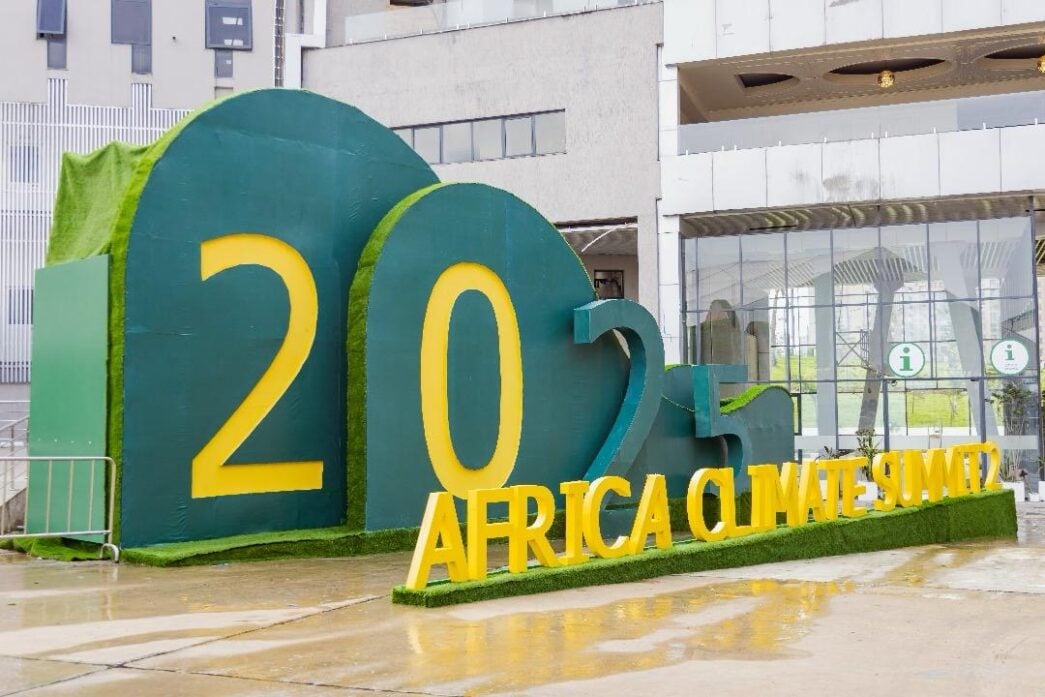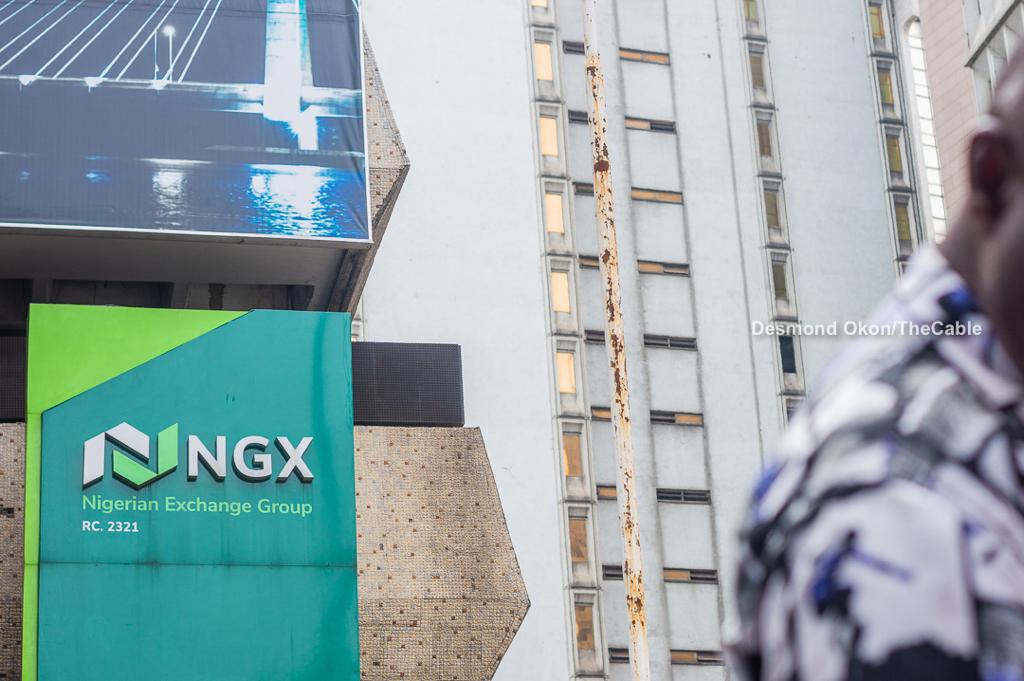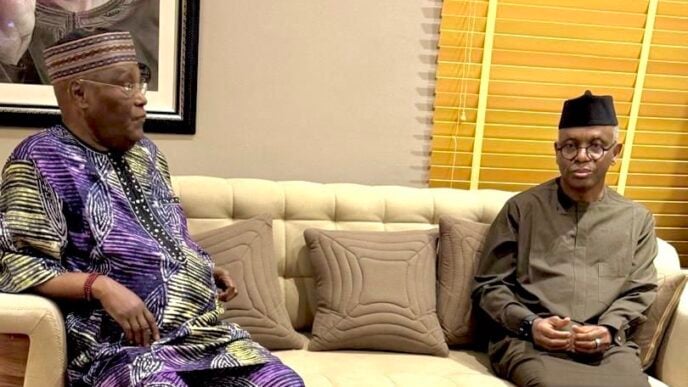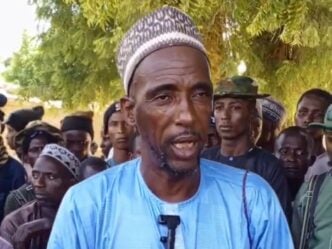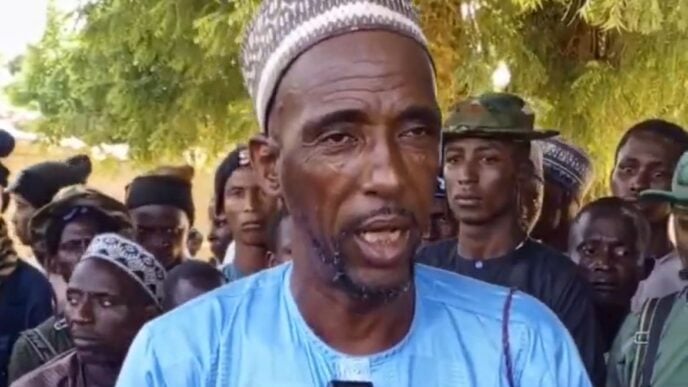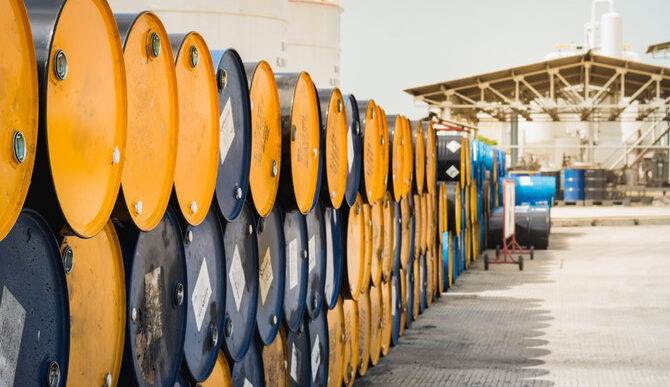After three days of intense dialogues and bold pledges, African leaders put pen to history by unanimously adopting the landmark Addis Ababa declaration at the second Africa Climate Summit (ACS2) in Ethiopia.
Held earlier in September under the theme ‘Accelerating Global Climate Solutions: Financing for Africa’s Resilient and Green Development’, the summit set the stage for the continent to showcase homegrown technology, attract climate finance, and tap its vast renewable energy potential.
At the summit, leaders reframed Africa’s role not as a victim of climate change but as a driver of solutions.
In his opening speech, Ethiopian Prime Minister Abiy Ahmed clarified that Africa will not bargain over its right to exist but would rather shape the future of the global climate economy.
Advertisement
“We are not here to negotiate our survival. We are here to design the world’s next climate economy,” Ahmed said.
That conviction culminated in the Addis Ababa Declaration, which outlines Africa’s united stance on climate action ahead of COP30 in Belém, Brazil.
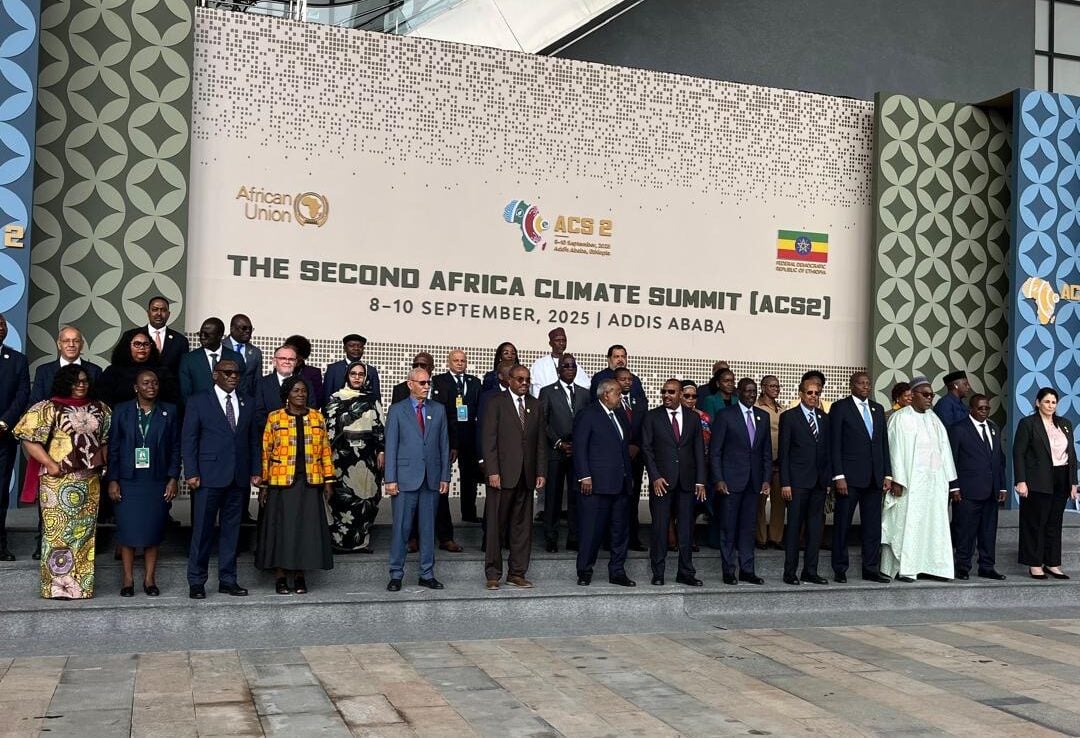
In this piece, TheCable highlights five major points of the declaration.
Advertisement
1. CLIMATE FINANCE TO AFRICA NOT CHARITY
For long, Africa has been known more as a recipient of unfulfilled climate finance pledges than as a decision-maker in shaping how the money flows.
Despite contributing less than 4 percent of global emissions, the continent has consistently highlighted that it bears the heaviest adaptation burden while receiving a fraction of promised support.
Meanwhile, climate finance flows to Africa have been slow, largely debt-driven, and nowhere near what is required. Between 2021 and 2022, the continent received just $30 billion, which is a fraction of the $250 billion needed each year to meet its climate goals.
Advertisement
The declaration said that developed countries have a legal obligation under the Paris Agreement to provide finance, not as aid, but as climate justice.
African leaders want climate finance to be delivered mainly as grants to avoid deepening Africa’s debt burden.
The declaration also welcomed the Africa Climate Innovation Compact (ACIC) and the African Climate Facility (ACF) — both spearheaded by Ethiopia — to mobilise $50 billion annually in catalytic finance for homegrown solutions.
2. JUST AND EQUITABLE ENERGY TRANSITION
Advertisement
Africa is still trapped in deep energy poverty, as more than 600 million people still live without electricity, and nearly 900 million rely on unsafe cooking fuels.
This gap shows why African leaders insist the global energy transition must be fair, inclusive, and rooted in Africa’s realities.
Advertisement
At the first Africa Climate Summit in Nairobi in 2023, leaders pledged to scale up the continent’s renewable energy capacity from 56 GW to 300 GW by 2030.
Two years later, in Addis Ababa, the declaration reaffirmed that goal but acknowledged that progress had been very slow.
Advertisement
In 2023, the world added 500 GW of renewables, yet Africa accounted for barely 3 GW of that growth.
The Addis Ababa Declaration again set the 300 GW target as a rallying point, framing it as not just about cutting carbon but about lighting homes, creating jobs, and powering green industries.
Advertisement
By linking energy access to climate justice, the Addis declaration positions renewables as the backbone of a just transition for the continent.
“This must rise to at least 20% by 2030,” the declaration demanded.
3. AFRICA NOT A VICTIM BUT A DRIVER OF CLIMATE SOLUTIONS

One thing that echoed so loudly at ACS2 was the repositioning of Africa as a continent rich in resources and innovation, determined to lead the world’s next climate economy.
African leaders voiced their vision to transform the continent into a hub for low-carbon manufacturing and to boost green trade within Africa through the African Continental Free Trade Area (AfCFTA), which is designed to ease cross-border commerce and unlock regional markets.
In his opening speech, Kenyan President William Ruto said Africa’s unified approach “is about turning our vulnerabilities into solutions that can transform the world”.
The declaration highlighted the continent’s vast reserves of critical minerals, including lithium, cobalt, and rare earths, which are essential for the global clean energy transition.
Instead of exporting raw materials, the declaration called for value addition and beneficiation within Africa to create industries and jobs.
4. ADAPTATION NOW AFRICA’S PRIORITY
Before now, there had been a long-running debate over whether Africa’s priority should be climate mitigation or adaptation.
That debate was settled with the adoption of the Addis Declaration, which reinforced adaptation as the continent’s foremost priority.
It also called for the urgent operationalisation of the Loss and Damage Fund with simplified, direct access for the most vulnerable states.
“Africa contributes the least to emissions but pays the highest price. Adaptation is not optional; it is our lifeline,” the declaration said.
African leaders also called for scaling nature-based solutions like the Great Green Wall and the Congo Basin protection, while adding that “when Africa’s land heals, the whole world breathes easier”.
5. GREEN MINERALS FOR AFRICA’S DEVELOPMENT
Africa holds some of the world’s most critical transition minerals, including lithium and cobalt to rare earths, essential for electric vehicles, batteries, and clean energy technologies.
To avoid repeating the old pattern of exporting raw resources and importing finished products, the continent has launched its Green Minerals Strategy.
The Addis Ababa Declaration noted that these resources must fuel sustainable development, not extractive dependency, by prioritising value addition, local beneficiation, and industrialisation.
“Our mineral wealth must no longer leave Africa in raw form,” the declaration added.
